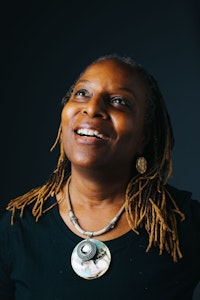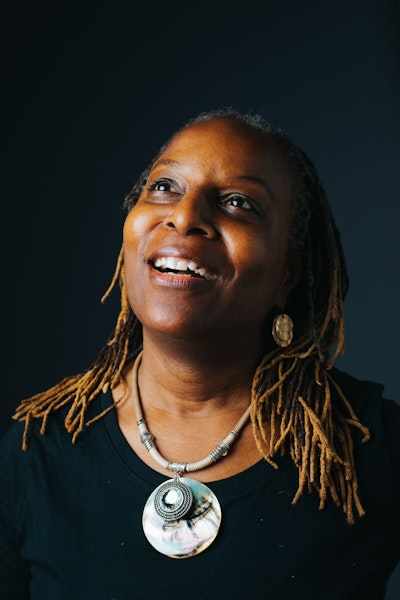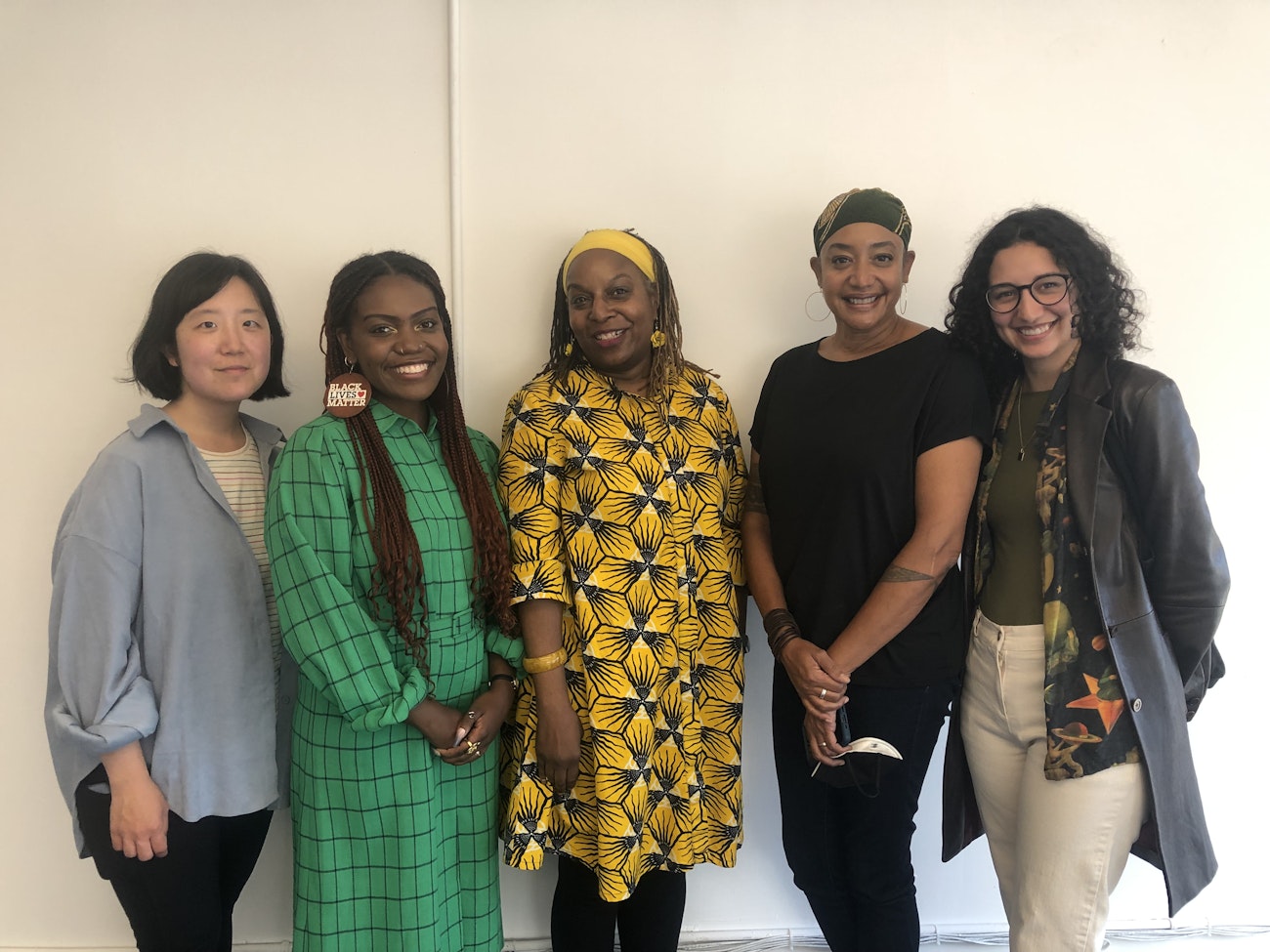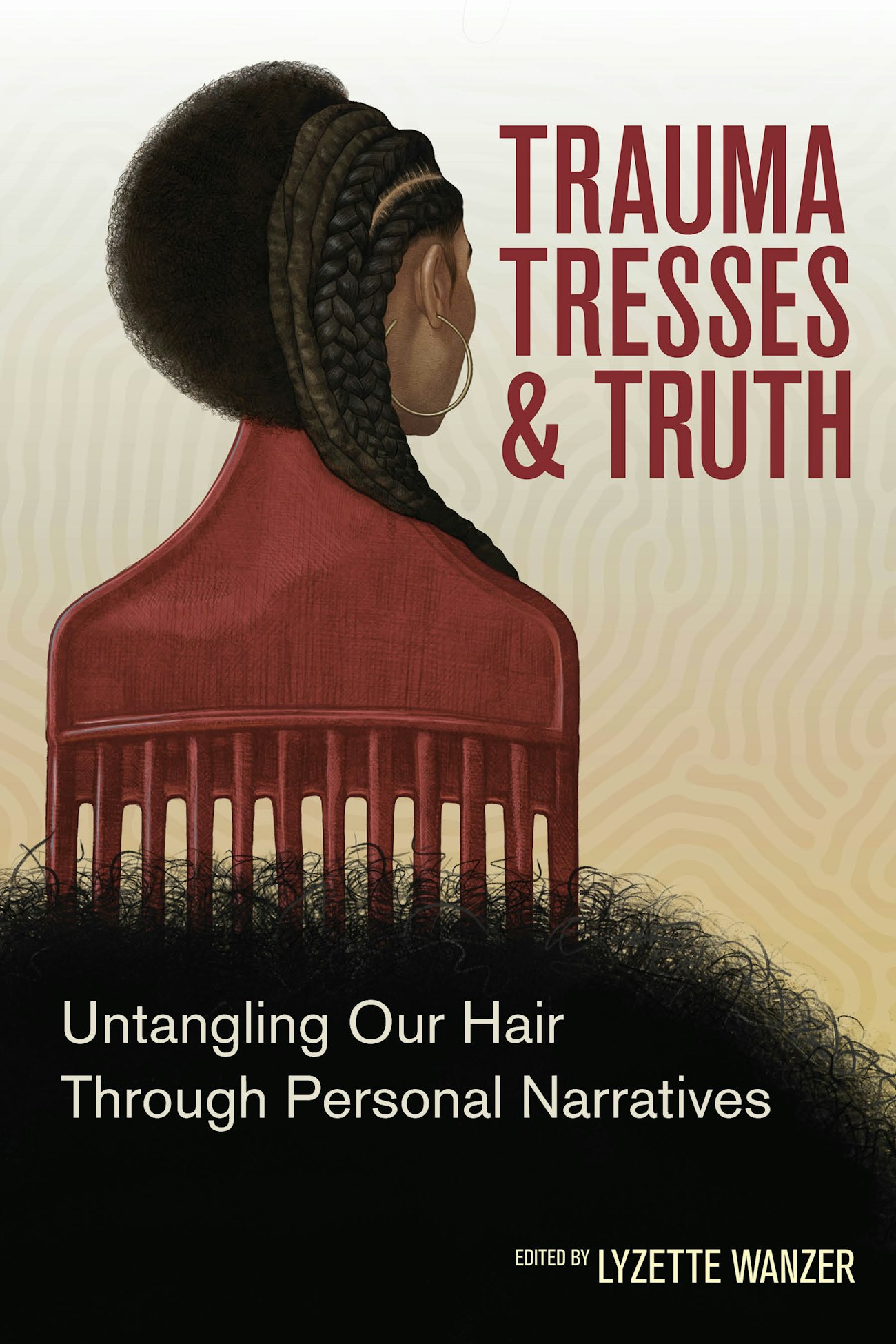
Lyzette Wanzer
Literary Arts
- Editor
- |
- Event Organizer
- |
- Founder
- |
- Freelance Educator
- |
- Program Instructor
- |
- University Instructor
- |
- Writer
- |
- Writing Coach
Projects
Personal Statement
Contrary to popular cultural belief, I agree with bell hooks when she says in Bone Black,that “there is no one story of black girlhood.” In Odd Girl Out, Rachel Simmons points out, “To imagine a universal minority female experience would be to repeat exclusive patterns of research.” My work turns a multifaceted, often divergent, lens on black girlhood and womanhood. My goal is to hobble stereotypes and stagger the expectations of lenses through which I, as an African American woman writer, am so frequently viewed. The nucleus of my work is very language-oriented. How many shades of meaning may I demand from a phrase? How much heavy lifting, how much freight, can I coax from a word? I am partial to freighted, muscular writing that counters the conventional, displays a clean, even voice in the meat of each piece, and reflects my flair and appetite for expression. My work skates around the periphery of custom, while realizing considerable power in the end note. That note may not always be a resolved one, but it is an earned one. Of prime importance to me: work that discomfits, contemplates, balances scene and summary, and delivers the unexpected in the process. I tend to look to visual artists as mentors, especially Salvador Dali and M.C. Escher. Their art informs my work in muted ways. One lithograph that I often have in mind when composing new work is Escher’s Relativity, in which a trio of gravitational forces function in perpendicular relation to one another. Dali’s Animated Still Life, an oil-on-canvas where the typical objects of a still life--fruit bowl, flask, wine glass--course through the air, serves as another muse. Dali has said of this painting, “The entropy of a still life is a way of amending nature.” My work give substance to space, validating my own attempts to gain triumph over tumult. My inspiration stems from Harrison Candelaria Fletcher’s AWP Writer’s Chronicle article, “Writing a Shadowbox: Joseph Cornell and the Lyric Essayists.” Fletcher’s article--and by way of him, Charles Simic’s essays--challenged me to work with an atypical eye. Simic, our fifteenth Poet Laureate, writes elastic, anomalous essays, the kind that makes readers climb inside the prose and inhabit his prismatic flavors.




